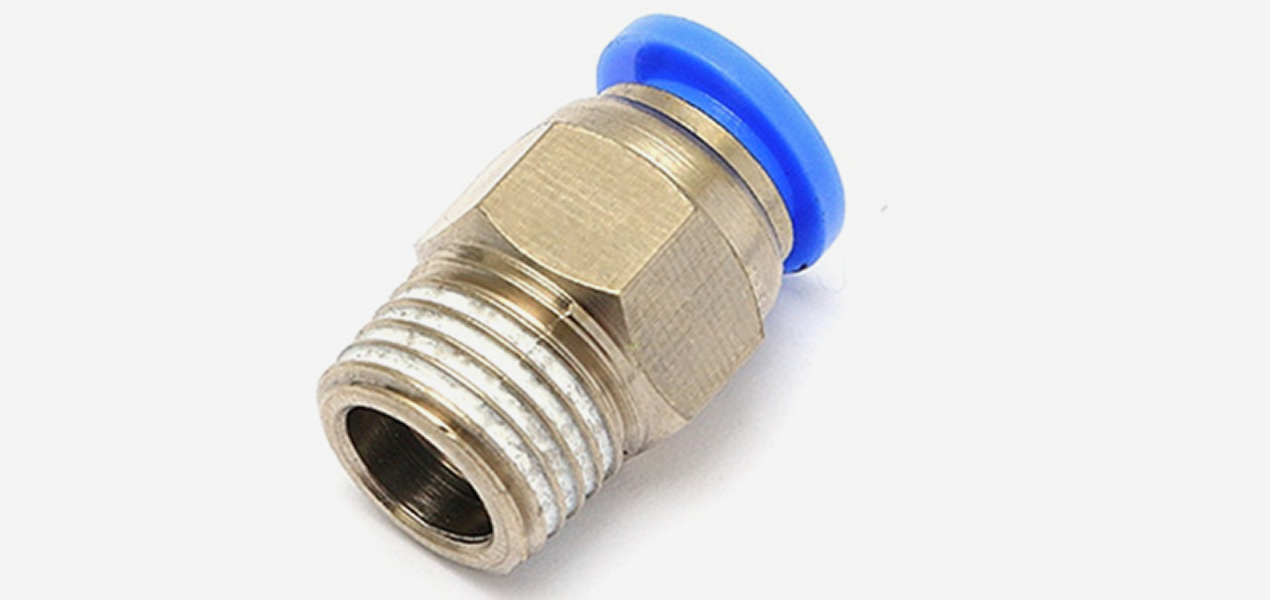How do quick connect fittings work effectively?
Home ✦
Latest News ✦
How do quick connect fittings work effectively?

How do quick connect fittings work effectively?
Quick-connect fittings (also called quick-connect couplings) make water treatment faster and more efficient than ever before. However, if not installed correctly, they can cause problems for your water filtration system. That’s why it’s important to understand how quick-connect fittings work. To help you understand how quick-connect fittings work and what to consider when using them, our water experts explain how to keep fittings running efficiently and leak-free.
How do quick connect fittings work?
The term “quick connect” simply refers to the ability to quickly connect tubing to a fitting. Introduced to the water industry in the late 70s and early 80s, quick connect fittings revolutionized the way we assemble water equipment. Quick connect fittings are the fastest way to provide a watertight connection between tubing and water treatment applications. The beauty of a quick connect fitting is its simplicity of design. It consists of three separate components: the collet, the O-ring, and the body. The body of the fitting hides the O-ring and collet on both ends. Your tubing will be inserted through the collet, the O-ring, and the body of the fitting. These three components create a watertight seal.
When the pressure inside the tubing increases, the water or air forces the collet into the groove inside the fitting. The groove compresses the collet, causing the small teeth on the inside of the collet to dig into the tubing, making it nearly impossible to disconnect the tubing. Therefore, the harder you pull on the tubing, the tighter the collet tightens. While the collet continues to hold the tubing in place, the O-ring seals the space between the tubing and the connected fitting, making it watertight. The most common reason for leaks in quick-connect fittings is when the tubing is not pushed all the way into the fitting.
How do quick connect fittings work?
The term “quick connect” simply refers to the ability to quickly connect tubing to a fitting. Introduced to the water industry in the late 70s and early 80s, quick connect fittings revolutionized the way we assemble water equipment. Quick connect fittings are the fastest way to provide a watertight connection between tubing and water treatment applications. The beauty of a quick connect fitting is its simplicity of design. It consists of three separate components: the collet, the O-ring, and the body. The body of the fitting hides the O-ring and collet on both ends. Your tubing will be inserted through the collet, the O-ring, and the body of the fitting. These three components create a watertight seal.
When the pressure inside the tubing increases, the water or air forces the collet into the groove inside the fitting. The groove compresses the collet, causing the small teeth on the inside of the collet to dig into the tubing, making it nearly impossible to disconnect the tubing. Therefore, the harder you pull on the tubing, the tighter the collet tightens. While the collet continues to hold the tubing in place, the O-ring seals the space between the tubing and the connected fitting, making it watertight. The most common reason for leaks in quick-connect fittings is when the tubing is not pushed all the way into the fitting.



